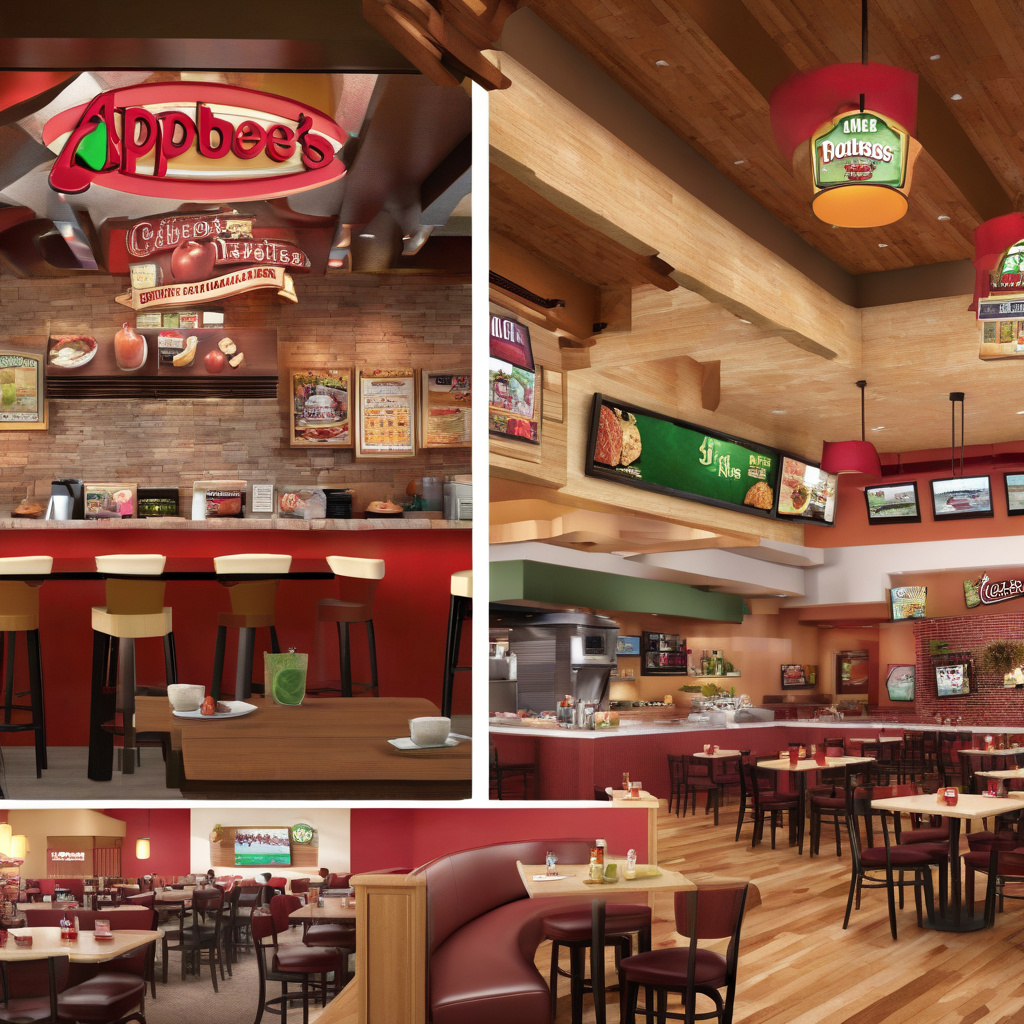Here’s Why Applebee’s Owner Dine Brands Hasn’t Found Chili’s Recent Success
In the competitive landscape of casual dining, few brands have ignited as much discussion as Chili’s and Applebee’s. While both are under the umbrella of larger parent companies, the contrasting fortunes of these two chains have raised eyebrows among industry analysts. In recent quarters, Chili’s has experienced a resurgence, showcasing a successful strategy that has reinvigorated its brand and customer base. Conversely, Applebee’s, owned by Dine Brands, has struggled to keep pace, primarily due to a lack of investment and the complexities of its franchising model.
The restaurant industry is notoriously fickle, and the success of one brand often casts a long shadow over its competitors. Chili’s has made significant strides in revitalizing its menu, enhancing customer experience, and investing in technology. These efforts have led to increased foot traffic and higher customer satisfaction rates. In contrast, Applebee’s has not matched this level of commitment to its restaurant assets, leaving it at a disadvantage in a highly competitive market.
Chili’s has effectively leveraged consumer trends by introducing innovative menu offerings that cater to changing tastes. For instance, their focus on health-conscious options and bold flavors has resonated with diners looking for both quality and variety. Additionally, the introduction of seasonal menus has kept the brand fresh and relevant, encouraging repeat visits. This strategy has not only attracted new customers but also re-engaged loyal patrons.
On the other hand, Applebee’s has been slower to adapt to these trends. While the chain has made some efforts to refresh its menu, these changes have not been as robust or appealing compared to Chili’s offerings. The lack of a compelling culinary narrative has left Applebee’s struggling to capture the attention of a consumer base that is increasingly discerning about dining choices.
Furthermore, the franchising model employed by Applebee’s presents unique challenges when it comes to revitalization efforts. Unlike Chili’s, which has a more centralized approach to operational management, Applebee’s franchisees operate with a degree of autonomy that can lead to inconsistencies in customer experience. This decentralized structure complicates the implementation of new initiatives and makes it difficult for Dine Brands to enforce uniform standards across its locations. As a result, some Applebee’s restaurants may lag in adopting best practices that are crucial for revitalization.
This issue of investment is also critical. Chili’s parent company, Brinker International, has prioritized capital expenditures aimed at improving the dining environment and enhancing technology in its locations. For example, many Chili’s restaurants have undergone significant renovations designed to create a more inviting atmosphere, equipped with modern technology that enhances the customer experience. These investments have not only improved aesthetics but have also streamlined operations, allowing for better service and efficiency.
In contrast, Dine Brands has not directed the same level of resources toward revitalizing Applebee’s. The brand has faced challenges in allocating funds for necessary upgrades and innovations, which has hindered its ability to compete effectively. This reluctance to invest in the physical and experiential aspects of the restaurant can result in a stagnant image, further alienating potential customers.
Moreover, the operational challenges associated with Applebee’s franchising model can create additional barriers to success. Franchisee satisfaction is crucial for maintaining a consistent brand image and ensuring that customers receive a high-quality experience. If franchisees are unwilling or unable to invest in their locations, the overall customer experience can suffer, leading to negative perceptions of the brand. This situation perpetuates a cycle where lackluster performance leads to further disinvestment, exacerbating the challenges faced by Applebee’s.
Brand perception also plays a significant role in the success of casual dining chains. Chili’s has managed to position itself as a vibrant, fun dining experience that attracts a diverse demographic. Their marketing campaigns often highlight social dining experiences, tapping into the growing trend of shared meals and gatherings. Applebee’s, however, has struggled to define its brand identity clearly in a way that resonates with today’s consumers. A lack of distinctive marketing and promotional strategies has made it difficult for Applebee’s to stand out in a crowded marketplace.
In conclusion, the divergence in success between Chili’s and Applebee’s can be attributed to a combination of strategic investment, menu innovation, and operational challenges related to franchising. While Chili’s has embraced a forward-thinking approach that prioritizes customer engagement and experience, Applebee’s has lagged behind due to insufficient investment and the complexities of its business model. As the casual dining landscape continues to evolve, Applebee’s must take decisive steps to revitalize its brand and adapt to changing consumer expectations, or risk being overshadowed by its more agile competitors.
casualdining, Applebees, Chilis, restaurantindustry, DineBrands
